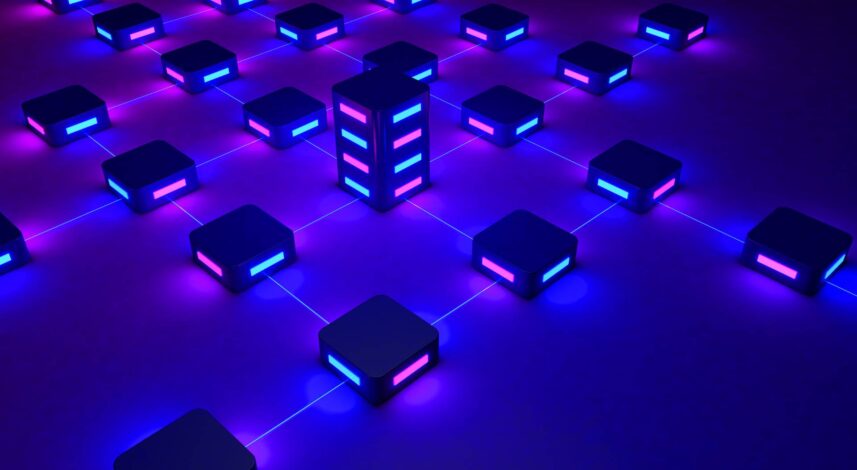
Blockchain is the tech. Bitcoin is merely the first mainstream manifestation of its potential
– Marc Andreessen, Co-founder of Andreessen Horowitz
What is Blockchain?

How Does Blockchain Work?
Transaction Initiation: When a user initiates a transaction, this information is transmitted to a network of peer-to-peer computers scattered around the globe.
Verification Process: These networked computers, often referred to as nodes, use algorithms to evaluate and verify the transaction. This could involve checking the credentials of the sender, the availability of funds, and the legitimacy of the transaction.
Creation of a New Block: Once verified, the transaction is combined with other transactions to form a new block of data for the ledger.
Adding to the Blockchain: This new block is then added to the existing blockchain in such a way that it is linked to the previous block. This linkage is achieved through cryptographic hashes, which ensure the integrity and chronological order of the blockchain.
Completion: The transaction is complete, and the new block becomes a permanent part of the blockchain, visible to all participants.
Key Features of Blockchain
- Decentralisation: Unlike traditional centralised systems where a single authority controls the database, blockchain is maintained by a network of nodes, each holding an identical copy of the ledger. This decentralisation makes it highly resilient to failures and attacks.
- Transparency: Every transaction on the blockchain is visible to all participants, ensuring a high degree of transparency. While the transactions are public, the identities of the participants are encrypted to ensure privacy
- Security: The use of cryptographic hashes and the consensus mechanism among nodes make blockchain highly secure. Each block is linked to the previous block, making it extremely difficult to alter information retroactively.
- Immutability: Once a transaction is recorded in a block and added to the blockchain, it cannot be altered. This immutability ensures the integrity of the data and builds trust among participants.
Applications of Blockchain Technology
Blockchain technology has a wide range of applications beyond cryptocurrencies like Bitcoin. Here are some notable examples:
- Financial Services: Blockchain can streamline processes such as cross-border payments, settlements, and compliance reporting, reducing costs and increasing efficiency.
- Supply Chain Management: By providing a transparent and immutable record of transactions, blockchain can improve the traceability and authenticity of goods in a supply chain.
- Healthcare: Blockchain can secure patient records, ensuring they are accessible only to authorised individuals and immutable, thus preventing tampering.
- Voting Systems: Blockchain can enable secure, transparent, and tamper-proof voting systems, ensuring the integrity of elections.
- Real Estate: Blockchain can simplify property transactions by providing a transparent, immutable record of ownership and reducing the need for intermediaries.
Conclusion
Blockchain technology represents a paradigm shift in how we record and verify transactions. Its decentralised nature, combined with enhanced security, transparency, and immutability, positions it as a transformative force across various industries. As we continue to explore and harness the potential of blockchain, it is crucial to understand its basics and appreciate its profound implications for the future.











